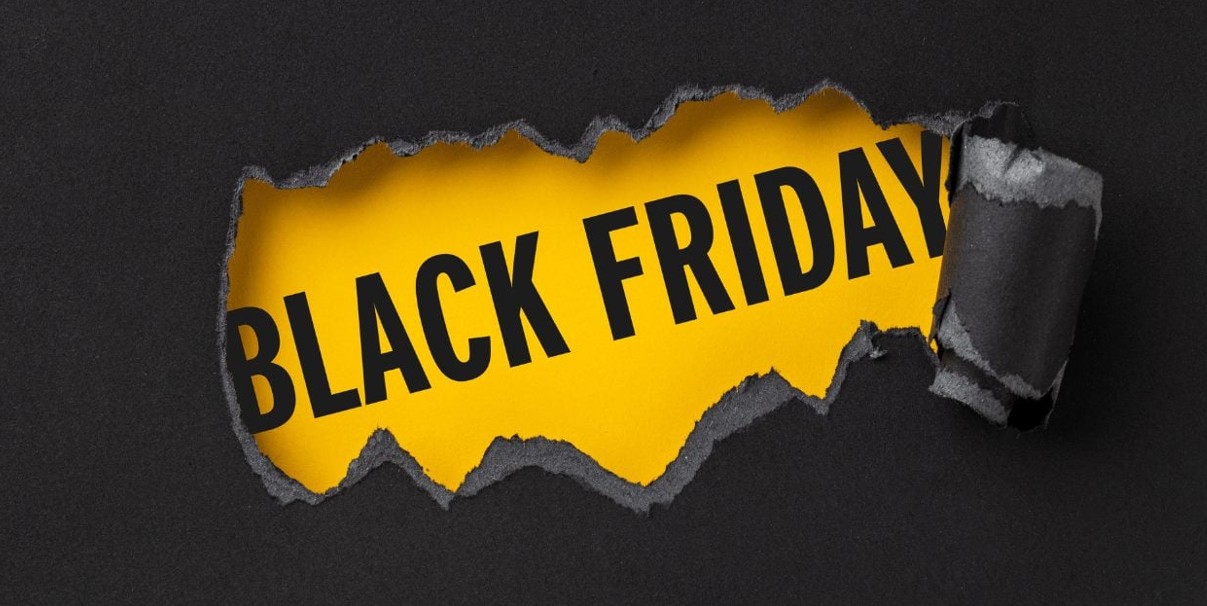
Ah, Black Friday. The mere mention of it conjures images of early morning queues, doorbuster deals, overflowing shopping carts, and the electric thrill of a bargain. For many, it marks the unofficial start of the holiday shopping season, a dizzying day of discounts that kicks off a month of festive spending.
But have you ever stopped to wonder where the name “Black Friday” actually comes from? The popular narrative often involves retailers finally moving “into the black” (making a profit) after a year of operating “in the red” (at a loss). It’s a neat, tidy accounting story, and it makes perfect sense… but it’s not the original truth.
The real origin story of Black Friday is far more chaotic, a little less glamorous, and deeply rooted in one American city.
The Philadelphia Police’s Headache: The 1960s
To uncover the true beginnings, we need to travel back to Philadelphia in the 1950s and 60s. The day after Thanksgiving in Philly was notorious for two things:
- The Army-Navy Football Game: Held on Saturday, this annual game drew massive crowds of shoppers and tourists into the city on Friday.
- Shopping Chaos: Visitors would flock to downtown stores, taking advantage of the post-Thanksgiving sales.
The convergence of game-goers and eager shoppers created an absolute nightmare for Philadelphia police officers. Traffic gridlock was rampant, shoplifters had a field day in the crowded stores, and police had to work extra-long shifts, often unable to take time off. For them, the day after Thanksgiving was anything but profitable or pleasant. It was a dark, difficult, and demanding day.
They started calling it “Black Friday” – not because of profits, but because it was a terrible, disruptive day for them. It was a day of chaos, congestion, and headaches.
The Failed Rebranding: “Big Friday”
Retailers, understandably, weren’t thrilled with the negative connotation of “Black Friday.” They tried to rebrand the day as “Big Friday” in the 1960s, hoping to associate it with successful sales and positive experiences. However, the police’s term had already stuck fast in the local lexicon. “Big Friday” never caught on, and “Black Friday” persisted.
The Rise of the “Red to Black” Myth: The 1980s
As the concept of a post-Thanksgiving shopping rush spread beyond Philadelphia in the 1980s, the negative police connotation needed a makeover. This is where the “red to black” accounting myth took hold.
Marketing teams and retailers began to popularize the idea that Black Friday was the day when businesses traditionally moved from operating at a loss (in the red) to making a profit (in the black) for the year. This narrative provided a positive, palatable, and easily understandable reason for the name, helping it gain national acceptance and transforming it into the retail phenomenon we know today.
Black Friday Goes Digital, Global, and Beyond a Single Day
Fast forward to the 21st century, and Black Friday has evolved dramatically:
- Cyber Monday: The rise of e-commerce gave birth to Cyber Monday in 2005, providing an online counterpart for those who preferred to shop from their couches.
- The “Black Friday Week/Month”: What was once a single day has now expanded into weeks, sometimes even the entire month of November, blurring the lines between pre-Thanksgiving sales and the main event.
- Global Phenomenon: Black Friday, once distinctly American, has been adopted by countries worldwide, from the UK to India to Australia, with local variations and traditions.
- Early Openings & Brawls: The drive for doorbuster deals led to stores opening earlier and earlier, sometimes on Thanksgiving Day itself, sparking debates about consumerism, employee welfare, and even occasional physical altercations.
A Day of Reflection
So, the next time you’re scrolling through deals or navigating crowded aisles, remember the true origin of Black Friday. It’s a fascinating journey from a police officer’s lament in Philadelphia to a global retail spectacle. While its meaning has been reshaped and rebranded over the decades, the underlying energy – whether chaotic or exhilarating – remains.





